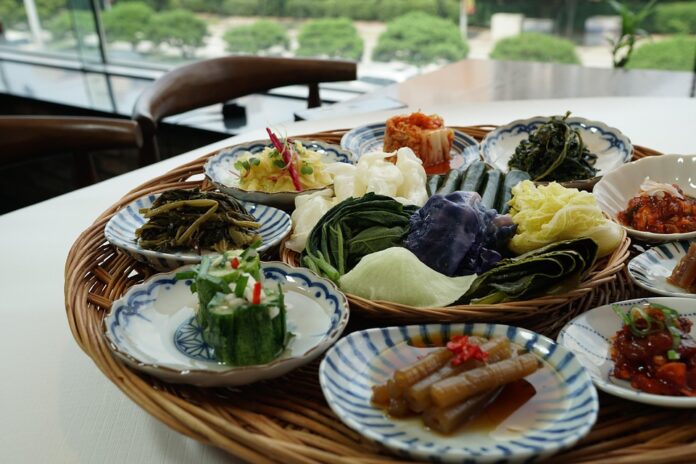The Future of Korean Restaurant Formats: Adapting to Changing Consumer Preferences
The Rise of Korean Cuisine
Korean cuisine has been gaining popularity worldwide in recent years, with dishes like kimchi, bulgogi, and bibimbap becoming staples in many countries. This rise in popularity has led to an increase in the number of Korean restaurants around the globe, catering to a growing demand for authentic Korean flavors.
According to data from Statista, the global Korean food market was valued at $7.5 billion in 2020, with a projected growth rate of 4.2% from 2021 to 2026. This indicates a strong market for Korean cuisine, and restaurants have been quick to capitalize on this trend by offering a variety of dining formats to cater to different consumer preferences.
The Traditional Korean Restaurant
Traditional Korean restaurants typically offer a sit-down dining experience with a menu featuring a wide range of Korean dishes. These restaurants often provide a communal dining experience, with dishes meant to be shared among diners. While traditional Korean restaurants continue to be popular among those seeking an authentic dining experience, they are facing challenges in adapting to changing consumer preferences.
One of the main challenges faced by traditional Korean restaurants is the rise of fast-casual dining concepts, which offer convenience and affordability to consumers. As a result, many traditional Korean restaurants are exploring different formats to attract a wider customer base and stay competitive in the market.
The Rise of Fast-Casual Korean Restaurants
Fast-casual Korean restaurants offer a more casual dining experience compared to traditional Korean restaurants. These restaurants typically have a counter-service format, where customers can order and pay for their food at the counter before finding a seat. Fast-casual Korean restaurants are known for their quick service and customizable menu options, making them popular among busy consumers looking for a quick and affordable meal.
According to a report by Technomic, the fast-casual dining segment grew by 6.1% in 2020, outperforming the overall restaurant industry. This growth can be attributed to changing consumer preferences for convenience, affordability, and healthier dining options. Fast-casual Korean restaurants have been quick to adapt to these trends by offering customizable menu options, online ordering, and delivery services to cater to a wider customer base.
The Future of Korean Restaurant Formats
As consumer preferences continue to evolve, Korean restaurants will need to adapt their formats to stay relevant in the market. Some of the future trends that are likely to shape the Korean restaurant industry include:
1. Virtual Restaurants: With the rise of online ordering and delivery services, virtual restaurants are becoming increasingly popular in the restaurant industry. Korean restaurants can take advantage of this trend by launching virtual restaurants that cater specifically to online customers, offering a limited menu of popular Korean dishes for delivery or takeout.
2. Fusion Concepts: Korean cuisine is known for its bold flavors and unique ingredients, making it a popular choice for fusion concepts. Korean restaurants can explore partnerships with other cuisines to create unique fusion dishes that appeal to a wider customer base. For example, a Korean-Mexican fusion restaurant could offer dishes like kimchi tacos or bulgogi burritos.
3. Food Halls and Shared Spaces: Food halls and shared spaces have become popular dining destinations for consumers looking for a variety of dining options in one location. Korean restaurants can capitalize on this trend by opening locations in food halls or shared spaces, offering a diverse menu of Korean dishes alongside other cuisines.
In conclusion, the future of Korean restaurant formats will be shaped by changing consumer preferences, technology, and industry trends. Korean restaurants will need to adapt their formats to stay competitive in the market and attract a wider customer base. By embracing new concepts and innovative ideas, Korean restaurants can continue to thrive in the evolving restaurant industry.




